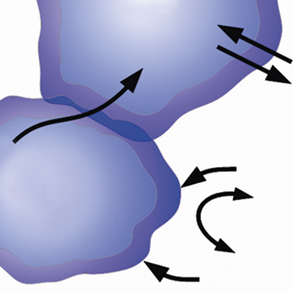Published online by Cambridge University Press: 07 June 2013

Rechargeable batteries are essentially unstable systems with respect to charging/discharging. The main electrode reactions of all battery chemistries are well known but are valid and reversible only at small currents. When batteries are used with nonzero current, gradients in voltage, current, and temperature will arise and initiate a number of less understood parasitic reactions. If all these rather complicated and interconnected reactions are not reversible upon charging/discharging, the battery will derail after a number of charging/discharging cycles. This article describes two ways to improve performance. One is to choose applications where the battery is not deeply discharged, such as in hybrid electric vehicles. In battery electric vehicle applications, this would correspond to working with a significantly oversized battery. The second way is to improve uniformity and quality of design and materials of metal hydride electrodes; however, this will also drastically increase cost, and for a battery application, the total throughput of available energy over the lifetime cost of the battery must be maximized. Uniform metal hydride particles with a large and uniform reaction surface are examples of how to increase battery performance by making the electrodes work under more ideal conditions, which slows down the deteriorating influence from the parasitic reactions.